The Science Behind Checklists
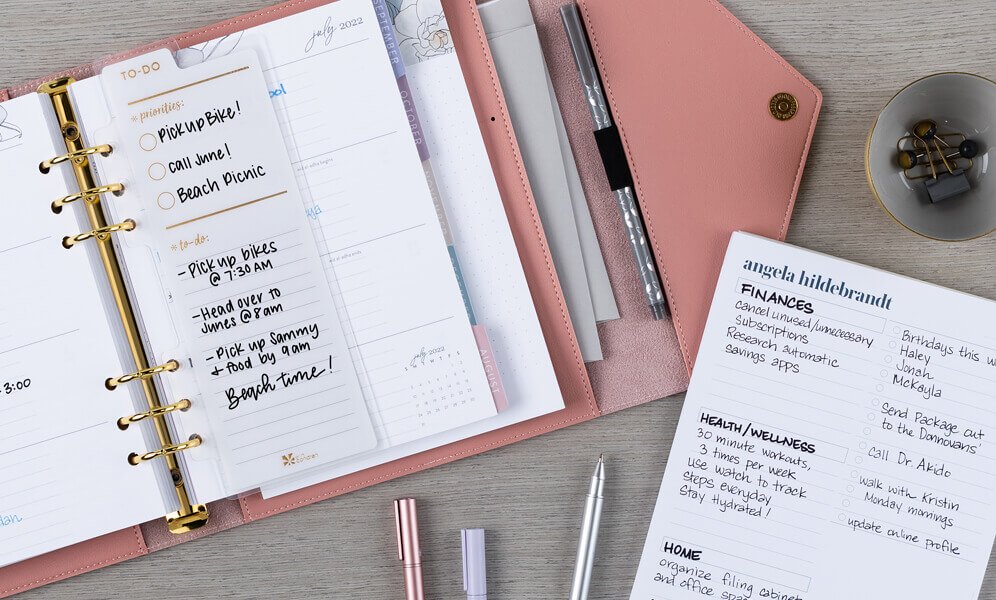
There are few things more frustrating than forgetting an item on your mental to-do list. Have you ever come home from the grocery store, ready to make dinner, only to realize you forgot to pick up a key ingredient? Or maybe you’ve had those days at work where you’ve felt like you did a million things and yet at the same time, got nothing done.
These situations are mentally exhausting, but what if there were a way to make your errands, plans, and days more organized, productive, and stress-free? It’s as easy as starting a checklist — no, really! The act of writing down a checklist, prioritizing it, and crossing things off as you go can benefit your mood and energy, which helps make you more productive in the long run. Learning to make checklists regularly — and actually stick to them — is one of the most effective time management tools you’ll ever use.
Why make lists in the first place?
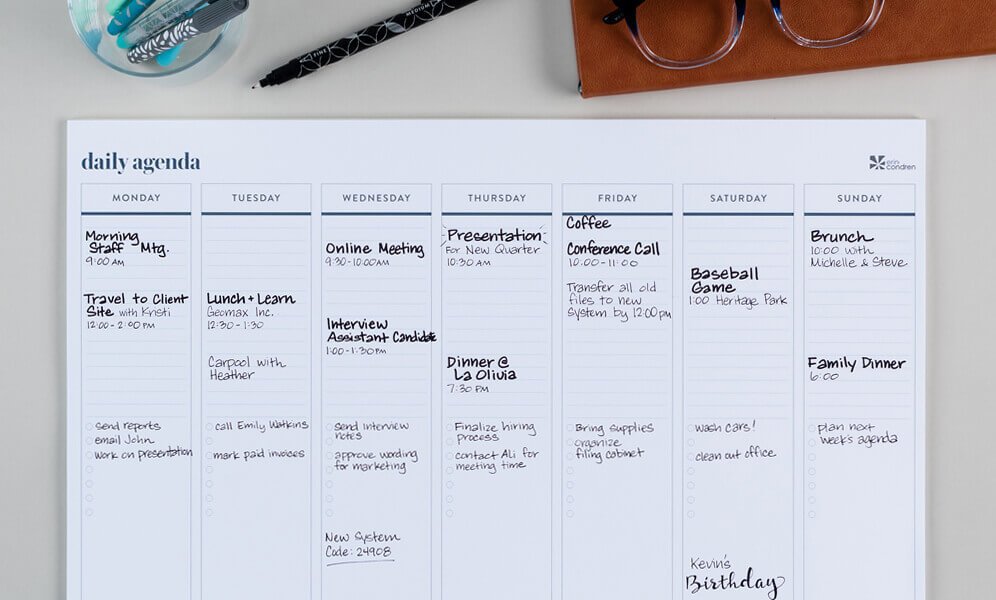
According to habit expert James Clear, businesses have recognized the benefits of checklists for over 100 years. In 1918, one Mr. Ivy Lee shared his checklist hack with executives at the Bethlehem Steel Corporation. Lee told the executives to write down six tasks they wanted to accomplish the next day. The following day, they completed the tasks in order of importance. Any low-hanging tasks not completed were moved to the next day’s list.
Lee’s advice increased the corporation’s productivity so significantly that the company’s president paid him $25,000 — or $400,000 in today’s money. So technically, checklists are a $400,000 idea.
Why are checklists useful?
The moral of the story? Checklists make you more productive. They help clarify what must get done in a day. The best checklist is one that provides the precise blueprint for how to get each item done (more on that later). Checklists remove mental clutter, which helps relieve anxiety, as well as the worry of potentially forgetting something. And every time you check something off your to-do list, you actually give yourself a sense of accomplishment that motivates you to get more work done. It’s one of the best cycles for success.
On a more serious note, checklists also save lives. Harvard professor and surgeon Dr. Atul Gawande noted that a simple surgery room checklist helped reduce patient deaths by as much as 47%. A checklist helps medical professionals keep track of tasks that may seem small (like washing hands) but can have a huge impact.
What are the psychological benefits of lists?
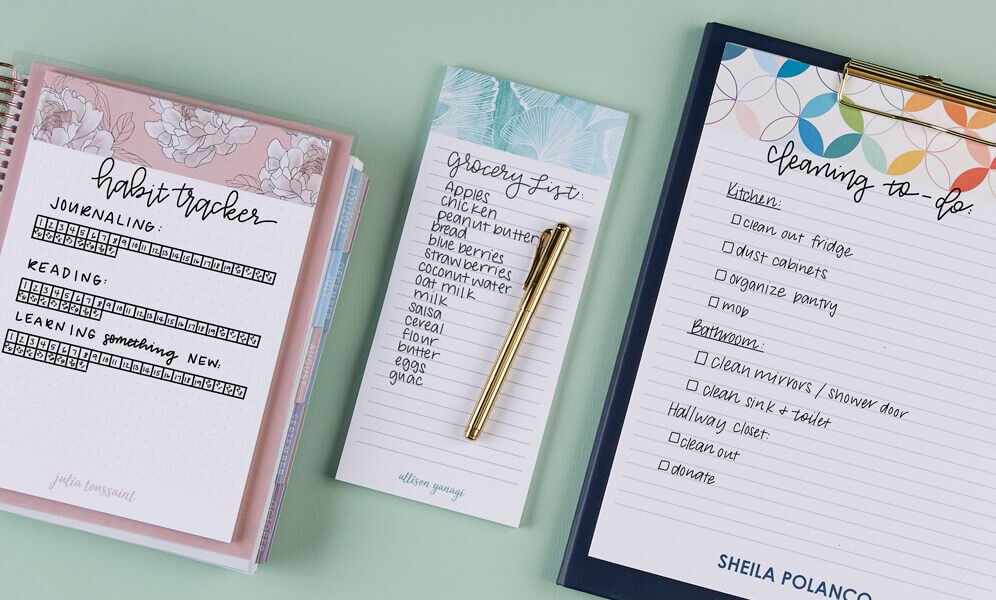
Ask a mental health expert to list psychological explanations to questions like “Why should I write down my tasks?” or “Why use a shopping list?” and you are likely to get multiple answers. That’s because checklists work in many ways. A great checklist will do all of the following:
- Prevent stress-related forgetfulness: It’s easy to develop tunnel vision in high-stress situations, which can impair memory and make you forget necessary steps. A list keeps you on track.
- Provide structure: Are you a busy person with multiple obligations? A list offers peace of mind in chaotic times. The more specific your list, the better. Instead of “call the doctor,” outline which doctor you’re calling and when, ensuring you get it done.
- Motivate you: Psychologist Dr. David Cohen notes that a checklist is concrete proof of what you’ve accomplished in a day. And every time you cross an item off, your brain gets a little boost of dopamine, motivating you to keep going! Checklists aren’t just fun; they’re science in action.
- Help complete complex goals: It’s great to set goals, but what happens when you can’t seem to achieve them? According to researchers at Florida State University, unfulfilled goals create stress. One study found that subjects with unfulfilled goals suffered cognitive deficits while performing unrelated tasks, but those who developed a specific plan for fulfilling their goals eliminated those downsides. If you can break big goals down into smaller, more doable tasks, you’re more likely to get them done.
What are quick and easy checklist tips and to-do list ideas?
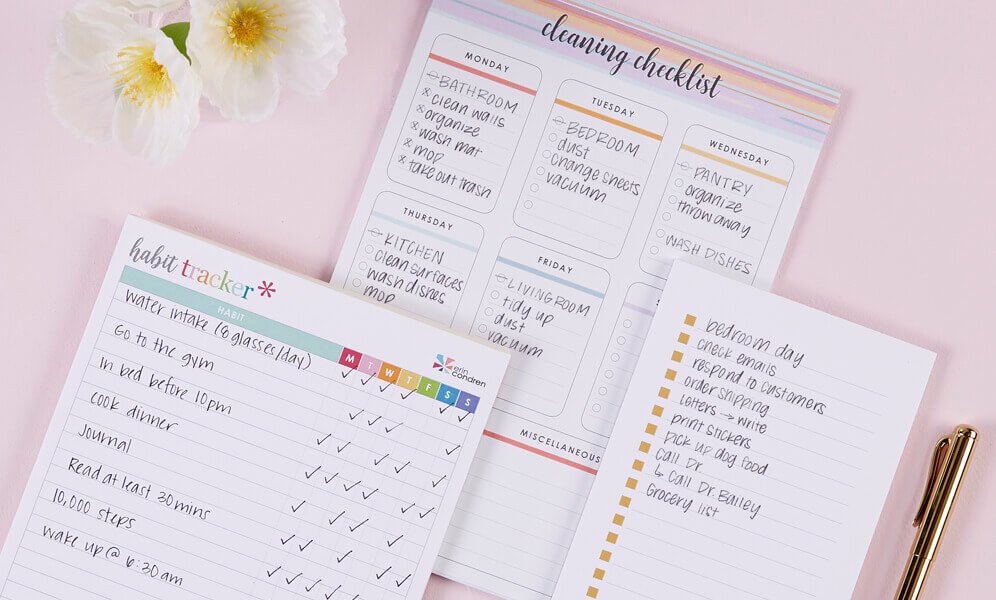
Ready to get started with making checklists? Here are three tips:
1. Be deliberate about list-making.
Sure, you can scribble a reminder down on a piece of scrap paper, but there’s a decent chance you’ll end up losing it. Instead, invest in a product developed specifically for checklists, such as a habit tracker notepad or a set of custom checklists.
2. Break down complex goals and plans with checklists.
For example, weddings are usually a major undertaking with lots of details and deadlines that require attention. The same goes for moving. A wedding checklist helps you stay on top of things whether you’re the bride or the groom, while a moving checklist helps ensure a seamless move from beginning to end.
3. Use sticky notes to create portable checklists.
Writing lists on sticky notes allows you to move them around as needed. If you’re deep-cleaning your home, write down your checklist on a sticky note and move it from room to room with you as you complete your chores.
Find the list-making style that works for you.
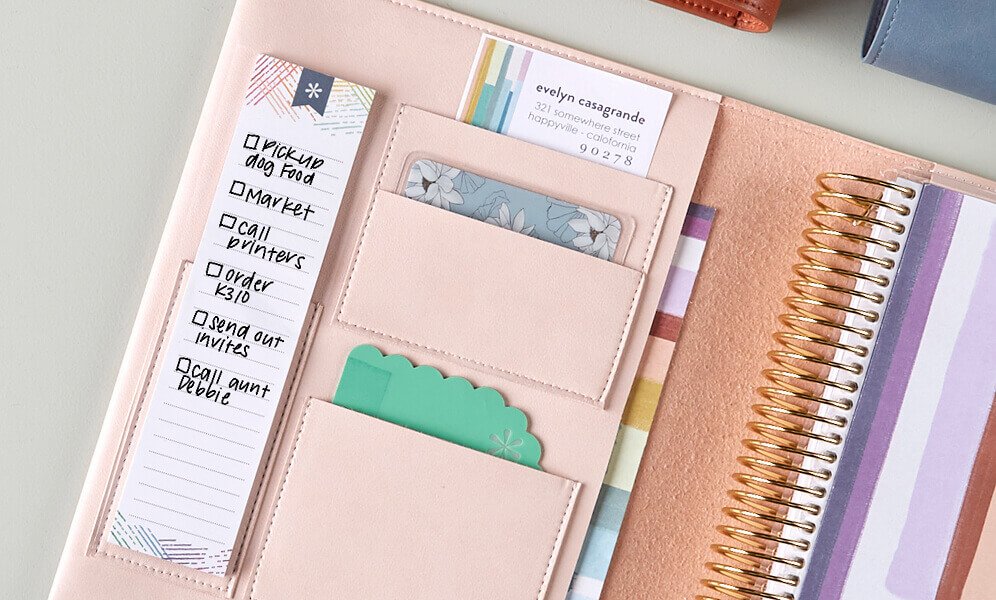
Checklists work, and history proves it. Choose a method of list-making and stick with it, whether it’s a deskpad, a section in your planner, or a notepad you stick on your fridge or keep next to your bed. You’ll find this one extra task simplifies your life, reduces your stress, and makes you more productive than you ever imagined you could be.
Get organized, reduce stress, and improve productivity with these checklists and to-do list best sellers.